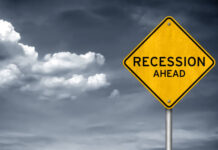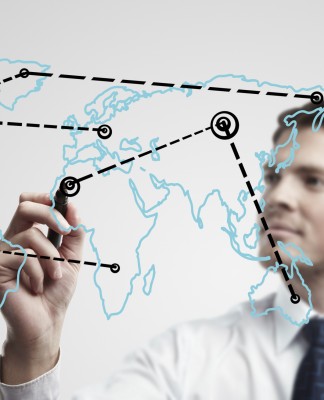Richard Cayne of Meyer International references Rich Dad, Poor Dad often in conversation. Like many other financial planners who are passionate about growing wealth, the classic 1997 book about cash flow and money management by Robert T. Kiyosaki left a lasting impression on Cayne.
Though the book is simple and speaks in everyday language that is easy-to-understand, its’ lessons are profound and can truly change your relationship with your money.
Below are some of the best lessons from the book:
Assets Versus Liabilities
“The poor acquire debt, the middle class acquire liabilities that they think are assets and the rich acquire assets.” – Robert T. Kiyosaki
Kiyosaki explains one very important mistake that most of the middle-class pe make with regards to their finances, the difference between assets and liabilities. That difference is this: a liability costs you money while an asset makes money for you.
He goes on to explain that most people mistakenly believe that their house is their greatest asset. In fact, their home is actually a huge liability because it eats up most of their income and does not produce money for them.
Kiyosaki said that the decision to buy a house that is too expensive in lieu of starting an investment portfolio impacts an individual in three major ways:
-Lack of time that would have let other assets appreciate
-Lack of additional capital that could have been invested instead of spent to maintain a home
-Loss of education that comes from years of learning about investing by doing it. That investment experience is necessary for one to become a “sophisticated investor,” the kind that gets into good and rare investing opportunities.
He doesn’t say not to buy a house. After all, you need somewhere to live, don’t you? He just advises readers to acquire assets first. Those assets can be used to generate cash flow to pay for your house, which is a liability.
What is Wealth, Truly?
Kiyosaki waxes on about the nature of wealth quite a bit in his life-changing book. At one point, he makes an astute point on wealth and what it really means.
He said, “Wealth might be looked at as a person’s ability to survive so many days forward if they stopped working today.” He goes on to ask how long he, or any of us, could survive if we no longer worked. A week? A month? A year? Indefinitely? If you were truly wealthy, you (and your children, and their children) would be able to live forever off of the cash flow generated by your assets.
Pay Yourself First
One of the most surprising, but sensible, pieces of advice taught by Kiyosaki in his book is to “pay yourself first.” That means that you take the money needed to invest and create assets for yourself before you pay your taxes or bills. Let the government and your creditors wait for their money. Sounds crazy, doesn’t it?
The author’s take is this: You can motivate yourself to find extra income to pay those bills after you pay yourself by investing. “They will knock down your door for the money while your investment will fall by the wayside if you don’t pay it first.”
He makes the valid point that your creditors or the government won’t take care of you if life takes a turn for the worse – your assets will.
“My asset column is far more important to me than the government. I don’t suggest not paying them, just pay yourself first,” said Kiyosaki.
Sound advice from one of the world’s most astute investors and investment teachers.
For further information about wealth theory and other investment topics, Richard Cayne and Meyer International can be reached at (+66) 02 611 2561.
–














